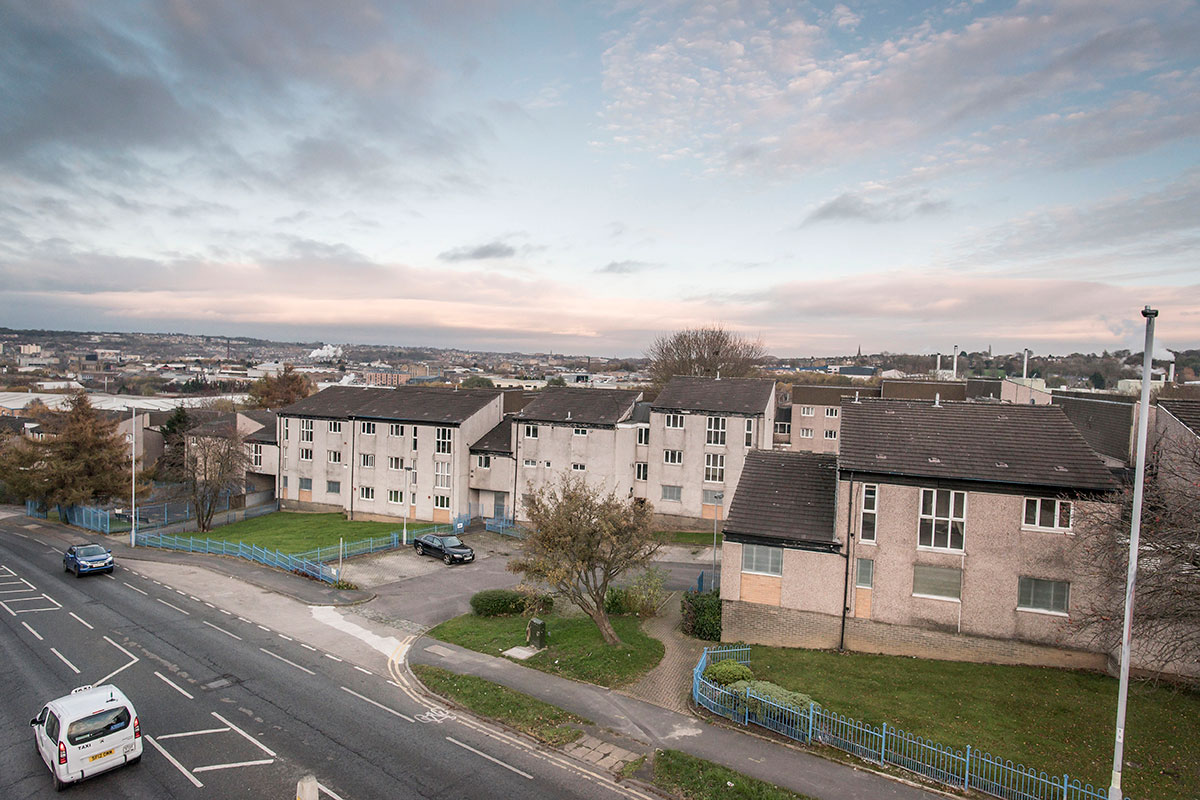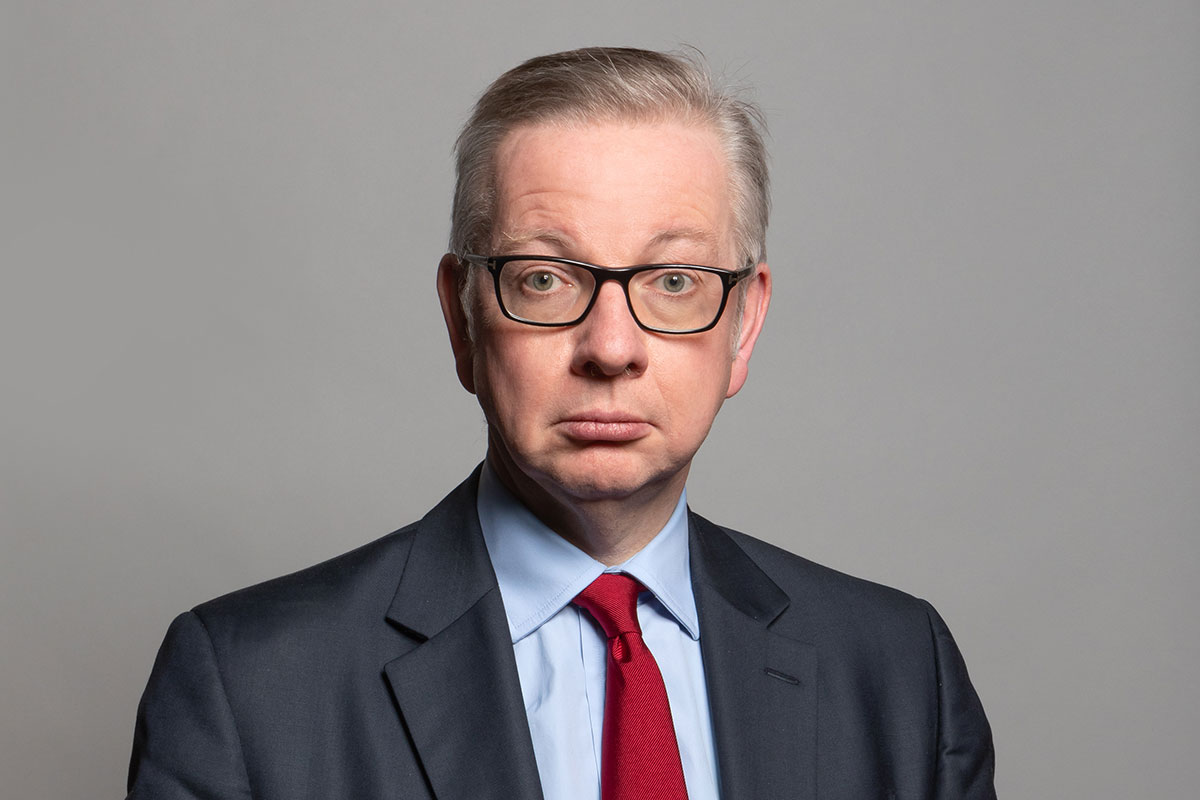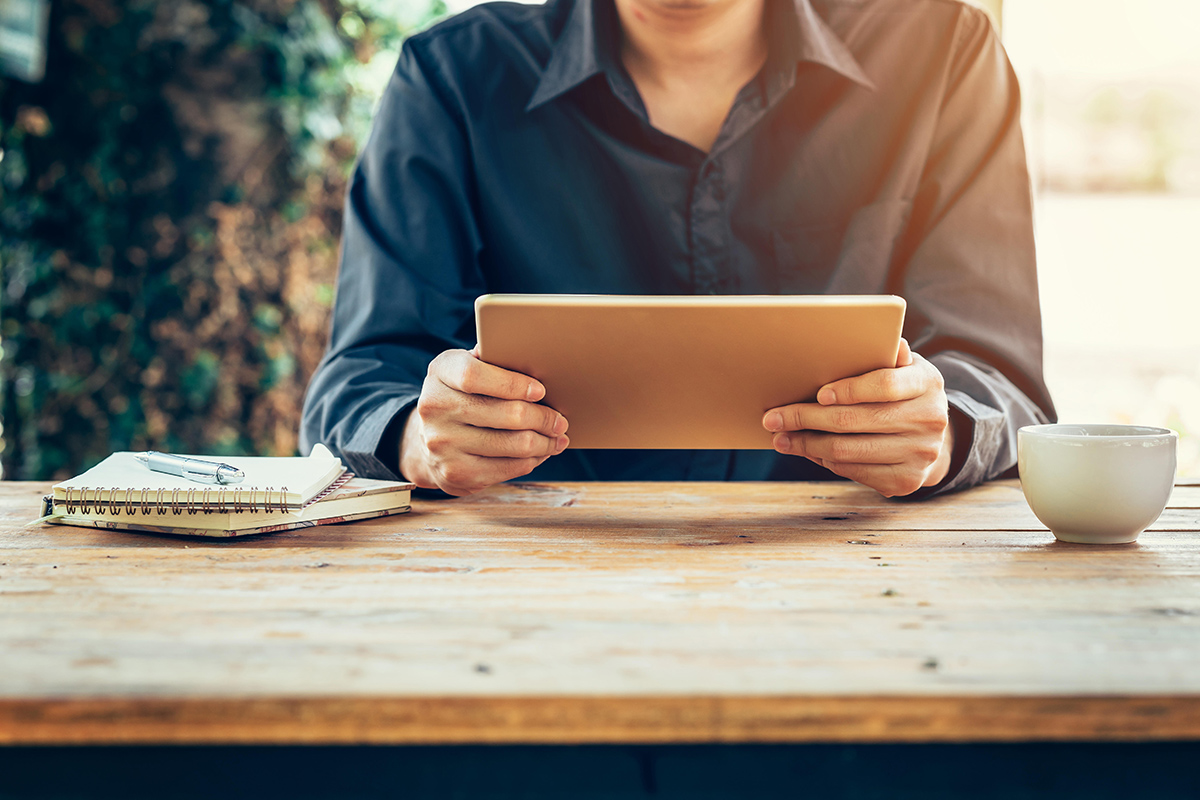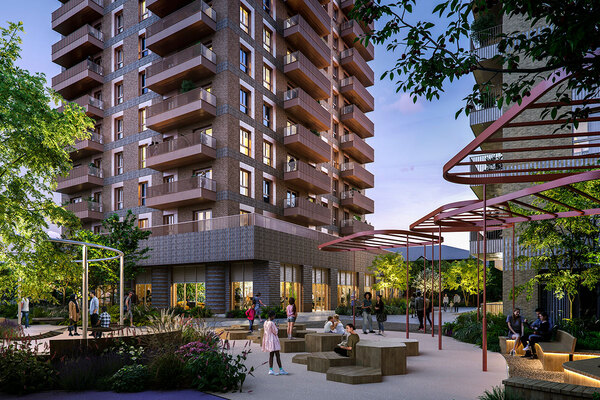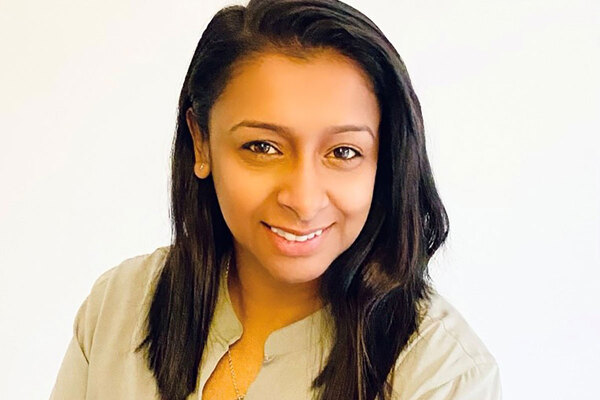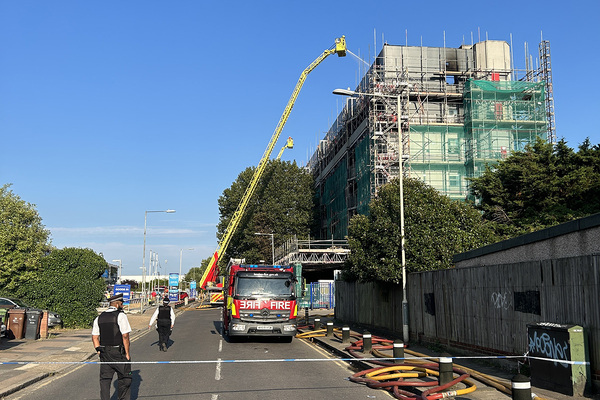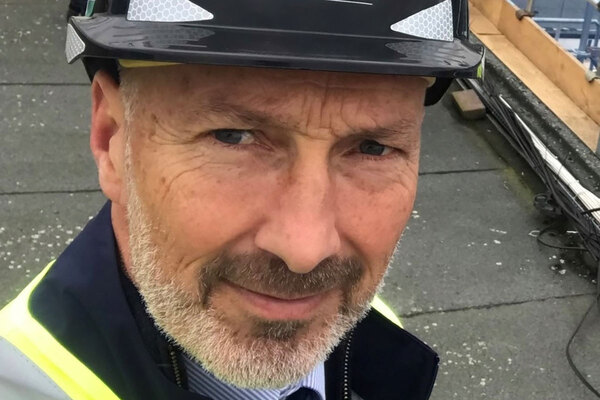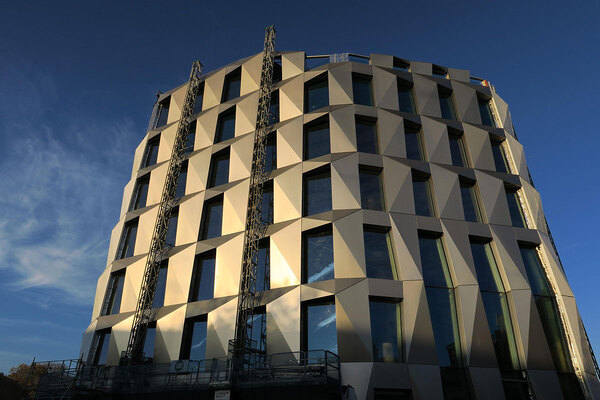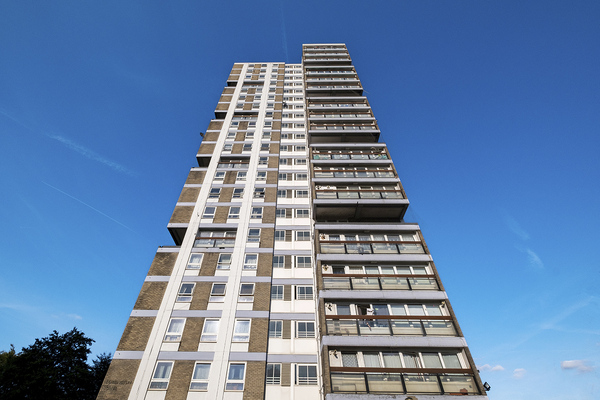The two projects doing regeneration differently
Grainne Cuffe visits two regeneration projects taking different approaches to integrating tenant insights and local needs into their design
The Ripleyville Estate in Bradford is made up of grim grey blocks interwoven with hidden alleyways and disused courtyards. Its layout was based on the now-discredited Radburn design, which originated in the US in the 1920s and would inspire planned ‘utopian’ estates across the world.
Built in 1976, the estate was once home to a tight-knit community where children could play safely under the watchful eyes of their families. However, over the years, flaws in its design emerged. Despite getting a £2.3m Decent Homes renovation in 1998, the investment “did not challenge the structural flaws” in the layout of the estate “which has been in the past notorious for drugs, crime, [anti-social behaviour] and vandalism”, according to Accent Housing’s planning application to redevelop the site.
The housing association, which installed CCTV on the estate in 2014 because residents were so concerned about anti-social behaviour, is planning to knock down the 164 flats and build 73 family homes, based on local need and input.
Inside Housing went to find out how this development and others are taking different approaches to regeneration projects that create good places to live.
Ripleyville is named after philanthropist Sir Henry William Ripley, who owned the Bowling Dyeworks in the 1800s. He had an industrial model village built for working-class people in the 1860s.
Most of the site was demolished in the 1970s, when Accent – then Bradford and Northern Housing Association – built the current estate. The estate was poorly insulated. Residents suffered from the cold and faced large heating bills.
Beyond the Radburn design
The new 100% affordable rent scheme is designed to achieve an Energy Performance Certificate (EPC) of Band A, families will have their own private gardens and, instead of being isolated from the wider community like the Radburn design, it will link with it and share spaces. Accent has begun to clear the site for demolition and expects the homes to be completed in summer 2024.
Accent says that the scheme is firmly based on local need. There is a demand for large family homes in Bradford and an oversupply of flats.
There was significant engagement with residents on the estate, who helped to determine the outcome of the redevelopment. Accent held a face-to-face event, staff knocked on doors and set up one-on-one meetings and calls. Of the 79% who engaged with the consultation, 87% voted to demolish the site and rebuild.
All have since moved, many into much larger and newly built homes in a development on the other side of the city. Some have stayed in the local area, and those that are still Accent tenants are paying the same rate of affordable rent.
In June 2021, the landlord sent out 2,000 letters to the community, announcing the scheme was going to planning and asking for input.
Andrew Black, senior development project manager at Accent, says the circumstances were not ideal, because the pandemic meant the association did not want to risk holding face-to-face events.
“It’s high risk for us, because we could have got hammered by the community. But also, if something comes through the door, you might glance at it. A lot of people just glance at the flyer and put it to one side.”
The scheme ended up with one comment.
“It said, ‘Please knock this down and build these houses’,” Mr Black says.
None of the former residents of Ripleyville will automatically receive a home on the new development. Accent did not feel that offering a guaranteed return would be in the best interests of its tenants, as it would involve three years in temporary accommodation. Residents have the option to apply to return, but the hope is that they will be settled in their new accommodation.
What about residents who do come back after redevelopment? What input should they have in design?
One example comes from Brentford, west London. Dave Cox meets me outside the greasy spoon next to his estate, which is made up of the Hounslow Council-owned Charlton House and Albany House, as well as Osier Court, which is managed by Shepherds Bush Housing Association. It is an overcast day in June. Mr Cox is sitting outside, surrounded by family and friends, some of whom poke fun from the adjacent table as we chat: “He might need a nap soon.”
He laughs. “It’s true, I do take naps.” Mr Cox is retired, but has a long history of jobs in the community – bus driver, working with deaf and blind people to help them be independent, manager at Raffles nightclub in Chelsea. “Everyone knows Dave,” I’m informed.
He joined the Charlton House Residents’ Association in 2002 and became chair about 13 years ago. We’re here to talk about the redevelopment of his estate. “One of the lifts in the block can only fit two people and you have to climb stairs to get to it,” he says, adding that residents can forget about getting furniture into the lifts. “If you want to bring furniture into your home, you have to carry it up the stairs.”

It may not be surprising, given the age of the stock and problems with the design, that residents on the estate overwhelmingly backed redevelopment, but the effort the council put into engaging tenants has had a large influence.
When the council first approached residents in August 2020, Mr Cox says it came with a blank piece of paper and said it needed to understand tenants’ “needs and aspirations”. Their input led to designs that included communal courtyards and rooftops.
The council presented several designs to residents, who picked one, but wanted something changed. Similar to Ripleyville, the council had proposed an alleyway weaving through the blocks.
“We said that was unnecessary. You get people of a night-time walking through, standing there, being a problem, so they took those out. They decided that we were right,” Mr Cox says.
At the Housing 2022 conference in Manchester in June, Daniel Hewitt, one of the ITV journalists behind the broadcaster’s 18-month social housing investigation, told the sector that it needs to keep tenants informed, even if the news isn’t great.
Mr Cox agrees.
“If you have to wait three months because you’ve got a council meeting that has to be dealt with, just tell us. It makes it better for the council if they’ve told us in advance that we’re not going to get any answers for three months. At least people aren’t waiting every day for a letter to come through the post.”
“We want to know the sizes of the rooms, what the offer is, how many sets of lifts you’ve got coming in – the basic stuff that we have to live with afterwards”
The council set up a ‘regen shop’ on site, with full-time staff who could answer any questions and concerns residents had.
Mr Cox says: “We did a few online things, but that tended to be not very successful, because only one or two people were using it. The biggest thing here was that we had the regen shop. A lot of people went out and found out about it themselves.”
COVID-19 meant screens and masks were in place, and only small groups came in at a time. Designs were posted on the walls in a “permanent exhibition”.
Mr Cox says the shop is something the council should consider using on a regular basis. I’m told it is doing so.
“We want to know the sizes of the rooms, what the offer is, how many sets of lifts you’ve got coming in – the basic stuff that we have to live with afterwards. We got that and a lot of what we asked for.”
Hounslow got planning permission for the scheme in March, the year after 87% of eligible residents backed the plans in a ballot that had an 81% turnout.
The council is planning to replicate its engagement technique in other regeneration schemes.
The value of community engagement
It is unsurprising that social landlords are looking to improve their approaches to regeneration. In 2018, London mayor Sadiq Khan implemented a policy which means that if they want access to City Hall funding, social landlords’ regeneration schemes must have the backing of current residents through a ballot.
In 2020, the Greater London Authority withdrew funding from three of the six estates Lambeth Council is redeveloping, as delays to construction meant it was no longer eligible for the grants. Some of the redevelopments are fiercely opposed, but the council does not plan to ballot residents.
There has been a backlash against other schemes. Public outcry can affect how planning committees vote. Residents took Lewisham Council to court over plans to redevelop the Sydenham Hill Estate. The council lost and planning permission was revoked. Although it has since approved the scheme again, residents are pushing ahead with legal action. This all takes time and money.
Tom Bruce, Hounslow’s cabinet member for regeneration and development, says the council wanted to include residents, “making sure that their views are taken into account”.
“It was that whole element that just really galvanised the community and made them come out, not just in favour of the change, but in such numbers to support the change as well,” he says.
Stephanie Edwards is the co-founder of Urban Symbiotics, a design consultancy that focuses on community-led masterplans, regeneration strategies and high streets. She works with social landlords and developers to improve engagement with the community. On whether there is an appetite to do it, Ms Edwards says “yes and no”.
“In reality, if you want to develop an estate or an area, it does take time to engage properly, and I wouldn’t say everyone is on board with that”
“There are some people who are trying very hard to be very community-led. But a lot of people – developers, councils – are just trying to fulfil their housing ambitions and they are using all of the best-practice design guidance and they are doing everything they do well. But, in reality, if you want to develop an estate or an area, it does take time to engage properly, and I wouldn’t say everyone is on board with that.”
Ms Edwards says some “just do not get” the value of community engagement.
“There are a lot more briefs, where they are asking consultants to engage better with the community, but they are not necessarily giving them the time or the resources to do that.”
She adds that social landlords and developers are “worried and fearful of communities turning against people or stopping everything” if they ask them for their input. “Just be truthful. [Say], ‘We can’t change this; this is going to cost us this amount, so we need to go high here in order to give you what you need as a priority for your community’,” Ms Edwards advises.
She says there is “definitely a shift towards community engagement and co-design”, with many clients “starting to realise the true value of having meaningful community input into designs”.
“What’s great, too, is that the diversity of opinions, away from just the loudest voices, has been prioritised, with efforts made to reach those who have often been historically underserved in this area,’’ Ms Edwards says. “I think people always assume that people will want the earth if you ask them,” but this is not true.
On the estate in Brentford, residents wanted information, accessible lifts and some security at night. The council learned from their input. Residents are the people who have the best knowledge about the issues their current homes have and they are also the people who will have to deal with the changes.
“We’re the ones that have to live here,” as Mr Cox puts it.
Sign up to our Best of In-Depth newsletter
We have recently relaunched our weekly Long Read newsletter as Best of In-Depth. The idea is to bring you a shorter selection of the very best analysis and comment we are publishing each week.
Already have an account? Click here to manage your newsletters.
